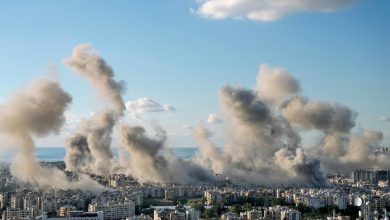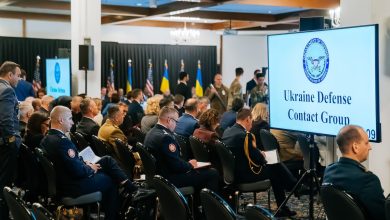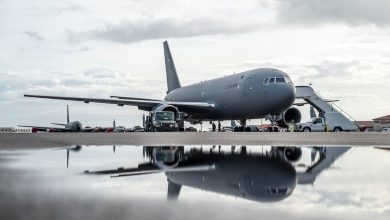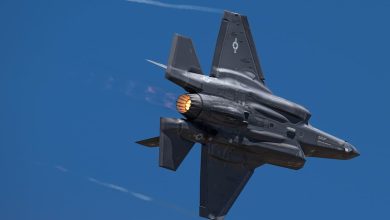Marines’ new mortar, rocket simulator delivers training with no blast
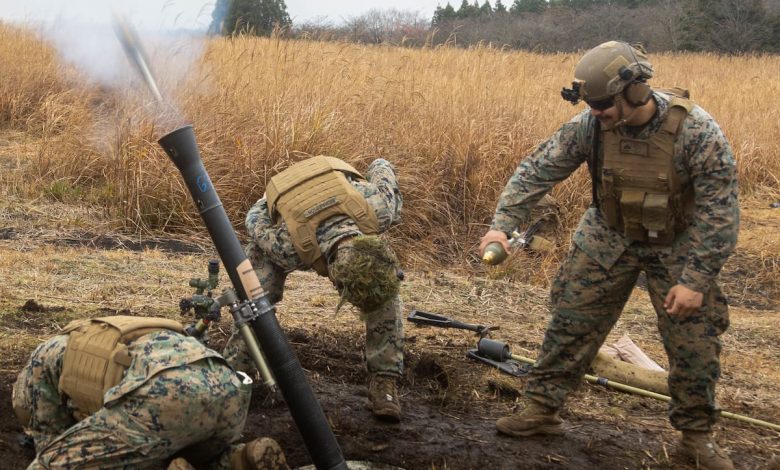
The Marine Corps expects to sling more rounds of all kinds downrange in any future conflict, which means Leathernecks need to fire more mortars, rockets and bullets in training to stay proficient.
But recent research suggests that such repetitive blast exposure is causing long-term damage to troops.
To keep Jarheads safe from excessive blasts while making sure they remain trained at a high volume, The Corps announced Thursday that Marines will be able to use a simulator for certain weapons systems, including the 81mm mortar and shoulder-fired rockets, sparing them excessive blast exposure.
Such simulators are already used for rifles and machine guns.
The Marines have fielded the simulators to all their major installations, including Camp Pendleton, California, Marine Corps Base Hawaii, Camp Lejeune, North Carolina, Camp Hansen, Okinawa and Marine Corps Air Ground Combat Center, Twentynine Palms, California.
The trainer also lets users fire weapons with night vision goggles and conduct annual rifle qualification courses of fire to prepare Marines for the individual weapons range qualification without firing live rounds.
The goal is to provide Marines with ample repetitions to maintain and sharpen their skills in a safer way. The simulated weapons are designed to closely replicate real ones, allowing for multiple repetitions and the firing of rounds without the cost of live ammunition, according to Todd Butler, a project officer who oversees such trainers.
At the same time, the reduced exposure to live rounds also limits the potential for deadly mistakes.
“From a safety perspective, we are committed to preventing negligent discharges,” said Tripp Elliott, head of safety for Marine Corps Systems Command.
The Marine Corps’ move follow a Pentagon memo released earlier this month outlining plans to reduce blast overpressure injuries to troops.
The policy update came after concerns raised in recent years that repeated exposure to blast overpressure, created by the high pressures of various munitions, can contribute to traumatic brain injury among exposure recipients.
Blast injuries are caused by waves of air pressure pushed out by exploding or ignited munitions. The more powerful the wave, the more it can affect organs in the body. Repeated pressure exposure to the brain can cause additional damage.
Deputy Defense Secretary Kathleen Hicks acknowledged in the recent announcement that weapons firing “is one of many factors that can negatively affect warfighter brain health.”
The memo also noted the number of jobs per service that held a higher risk of blast exposure.
The Marine Corps had the second highest of all the services with 40 jobs. Only the Navy had more, with 41.
Todd South has written about crime, courts, government and the military for multiple publications since 2004 and was named a 2014 Pulitzer finalist for a co-written project on witness intimidation. Todd is a Marine veteran of the Iraq War.
Read the full article here

